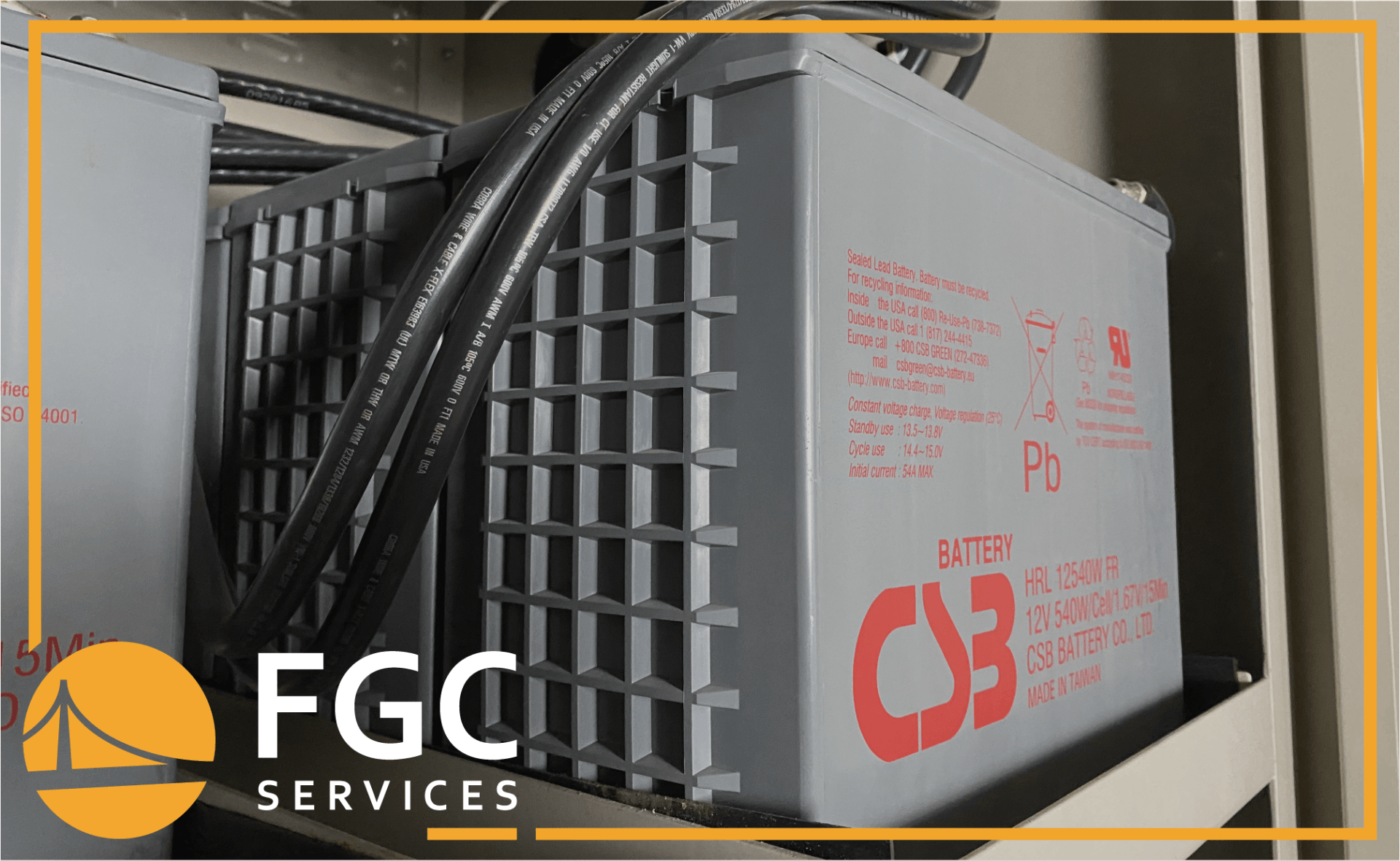DEALING WITH LESS THAN IDEAL UTILITY POWER
Type of Facility: Proton Therapy
Products: UPS GE TLE Series 1000 KVA & UPS Mitsubishi UP9933-A304DU-4 300 KVA
Summary:
A Maryland based customer is the first center in the region to offer proton therapy – a highly advanced and precise form of radiation. The center is the first and most experienced proton center in the region.
Their treatment of patients is entirely based on the up time of the sensitive medical equipment.Every time they experience a power outage, their equipment must be reset and recalibrated before they may see more patients. This lost time and sometimes damaged power supplies from the utility loss was adding up to a tremendous financial loss.
Solutions:
Facility Gateway provided a turnkey UPS solution for the RF amplifier that not only provided a means to ride out a power loss but conditioned the existing utility power to reduce wear and tear on the power supplies. FGC managed electrical installation, permitting, and provided project management and support throughout the process.
Our customer is now able to maximize patients seen and minimize maintenance to the sensitive medical equipment.
More Industry-Leading Insights





